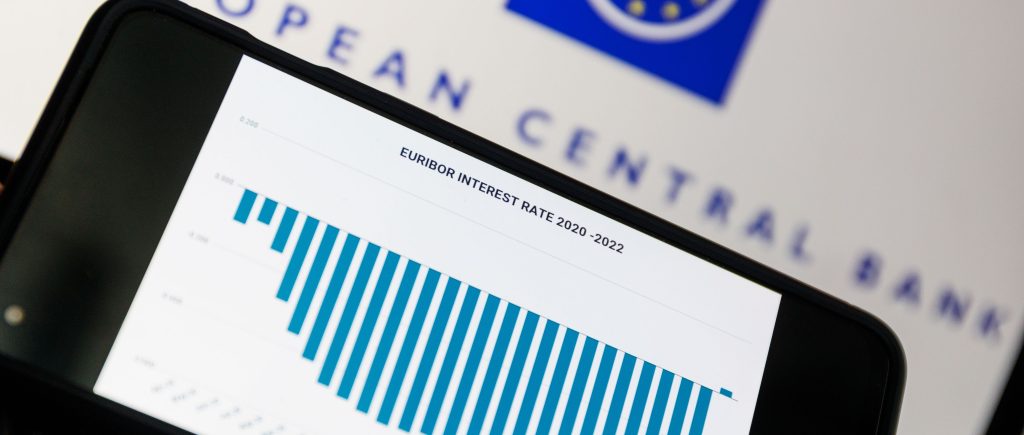Over the past year, the Bank of England (BoE) has increased its interest rate from almost zero to 3.5%, adopting a more aggressive escalation policy during the second semester as the inflation rate soared to double digits for the first time in nearly fifty years. The Fed signalled a slowdown to a 25bps rate hike in the upcoming meeting, while the Bank of Canada signalled a halt at its current interest rate. Global data has partially persuaded central bankers that inflation is falling presently. But the BoE might not do the same.
The UK’s headline CPI registered in December at 10.5% y/y, down from 10.7% in November and 11.1% in October, but still much higher than the central bank’s 2.0% objective, indicating that the cost of living is still stinging.
The core measure, which was constant at 6.3% y/y despite projections for a mild fall, was more worrisome because high costs for housing and household services drove it. Therefore, even if the price stability mandate remains the top priority, there may not be much support across the board for a rate increase of less than a half point, especially given the labour market’s continued resilience and the pressure from ongoing strikes in a number of sectors for higher wage growth, which could lead to even higher inflation.
On the other hand, the doves may legitimately assert that further aggressive rate increases could trigger a recession. Although the October and November positive monthly GDP surprises appear to have decreased the likelihood of a technical recession in the fourth quarter, an economic downturn has likely been postponed rather than avoided. According to a GfK study, the first business PMI release of the new year was negative, showing declining activity, export losses, and manpower shortages, while consumer mood was further lowered. Additionally, this year, one million borrowers are anticipated to transfer from lower fixed rates to higher floating rates, which would put additional pressure on consumer spending and home values.
Regarding the rate hike cycle, futures markets currently indicate an 80% likelihood of a 50bps rate hike, but they also indicate that this will be the last significant increase before the central bank switches to 25bps rate hikes in March and likely pauses its tightening phase at a peak rate of 4.5% in May. The governor of the Bank of England did not condemn market estimates as he had done in the past, when rate projections were far higher at 5.35%.
As the year is still early and the impact of earlier rate hikes is unclear, the central bank will likely keep all options open and avoid providing strong forward guidance.
 Noor Trends News, Technical Analysis, Educational Tools and Recommendations
Noor Trends News, Technical Analysis, Educational Tools and Recommendations





